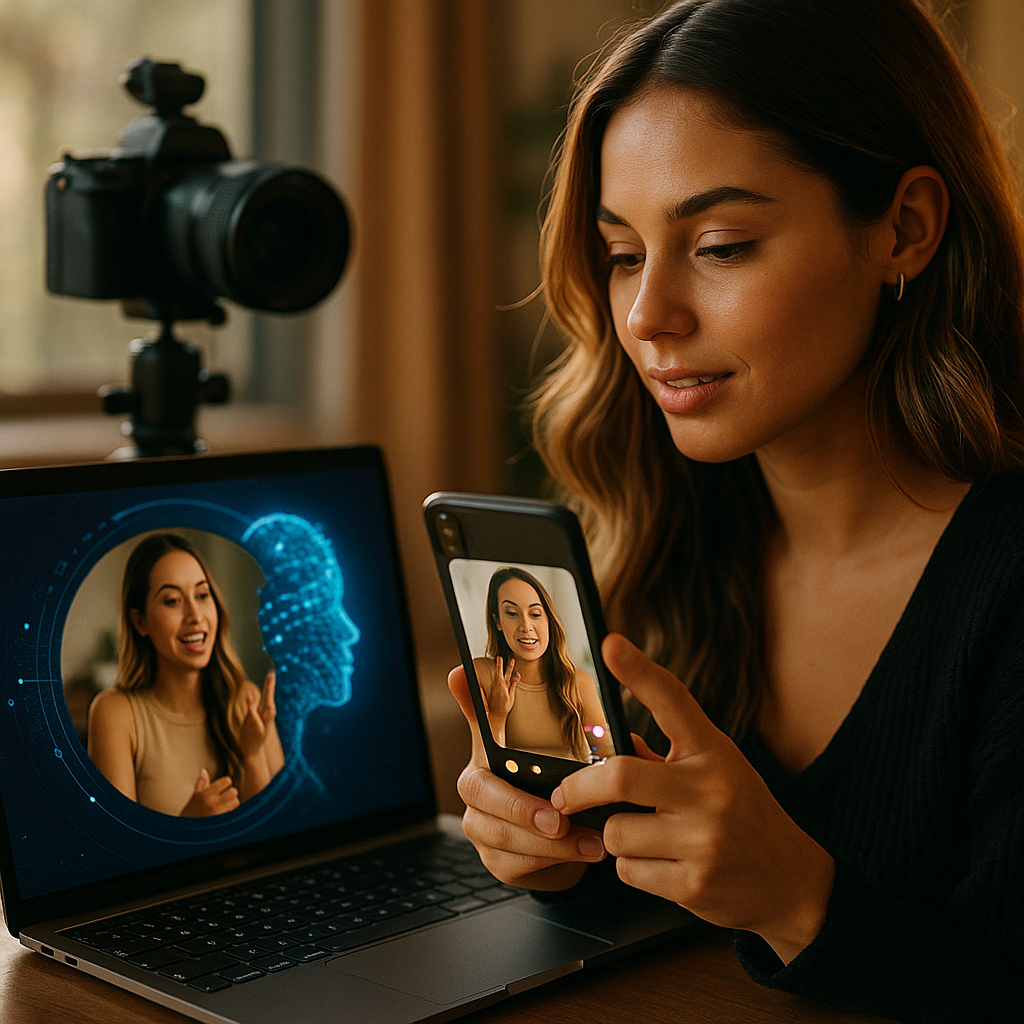AI-powered influencer matching algorithms are revolutionizing how brands find the perfect content creators for their campaigns. By leveraging large datasets and sophisticated analytics, these algorithms streamline influencer discovery and maximize ROI. But how do they really work beneath the surface? Let’s dive into the technology that’s transforming influencer marketing as we know it.
Understanding the Basics of Influencer Matching Algorithms
At their core, influencer matching algorithms analyze massive troves of online data to connect brands with the right creators. These AI engines assess a blend of quantitative and qualitative factors, including audience demographics, engagement rates, niche relevance, and content authenticity. Unlike manual searches, algorithms deliver speed, accuracy, and scalability—giving brands a competitive edge in the dynamic world of influencer marketing.
How Artificial Intelligence Powers Influencer Discovery
Artificial intelligence stands at the heart of influencer matching. Sophisticated models, often based on natural language processing (NLP) and computer vision, scan millions of social media profiles across platforms. AI analyzes post content, hashtags, follower quality, sentiment, and even visual aesthetics to build a nuanced creator profile. As AI learns from past successes and failures, its matching recommendations continually improve, delivering more relevant influencer-brand partnerships each time.
Key Features of Modern Matching Algorithms
Several state-of-the-art features distinguish today’s influencer matching platforms:
- Audience Analysis: AI examines not only size but also location, age, language, and behavioral traits of an influencer’s followers.
- Authenticity Scoring: Algorithms detect fake followers, engagement pods, and suspicious activity, ensuring brands access genuine influence.
- Content Relevance: Machine learning assesses whether an influencer’s recent content aligns with a brand’s voice, values, and goals.
- Performance Prediction: AI leverages historical data to forecast an influencer’s potential ROI for specific campaigns.
- Visual Recognition: Computer vision tools analyze imagery to understand style consistency and brand fit.
These features combine to filter thousands of creators down to a curated shortlist in seconds—a process that once took marketers days or even weeks.
The EEAT Factor: Ensuring Trust and Credibility in Matches
Brands demand not just efficiency, but also trustworthiness and expertise from automated tools. To meet Google’s EEAT (Experience, Expertise, Authoritativeness, Trustworthiness) standards, platforms must provide transparent influencer sourcing and validation methods. Modern algorithms are increasingly auditable, allowing marketers to inspect data sources and scoring methodologies. Features like verified engagement metrics and comprehensive profile histories ensure every recommendation is grounded in real-world credibility.
Data Privacy and Ethical Considerations in Influencer Matching
Amidst growing data privacy concerns, responsible influencer platforms adhere closely to GDPR and CCPA regulations. Algorithms anonymize data where possible, minimize personally identifiable information, and require opt-in permission from both brands and influencers. Transparent consent processes and privacy dashboards give all parties control over their information, maintaining trust throughout influencer discovery and partnership negotiations.
The Future of AI-Driven Influencer Marketing
The rapid evolution of artificial intelligence continues to push the boundaries of influencer matching. In 2025, we’re seeing tools that not only pair brands with creators based on quantitative data but also incorporate nuanced, real-time sentiment shifts, micro-trends, and even predictive analytics for campaign outcomes. As algorithms become more sophisticated, brands can expect even more precise results and long-term influencer relationships built on trust and transparent data practices.
FAQs: AI-Powered Influencer Matching Algorithms
-
What data do AI algorithms use to match influencers and brands?
AI algorithms draw from social media profiles, engagement statistics, audience demographics, content topics, sentiment analysis, and previous campaign results to determine the best matches. -
How do these algorithms ensure influencer authenticity?
Modern matching tools deploy machine learning to detect fake followers, abnormal engagement patterns, and bots, providing a trustworthy pool of influencers. -
Can brands customize criteria for their campaigns?
Yes, today’s platforms allow brands to set campaign-specific parameters, such as audience age range, location, interests, or niche expertise for more tailored matches. -
Do influencer matching algorithms respect privacy laws?
Leading platforms comply with all major privacy laws, including GDPR and CCPA, ensuring data is handled responsibly and transparently. -
How quickly can AI-powered algorithms identify potential influencers?
What once took marketers days now happens in minutes or seconds, as AI sifts through millions of profiles using advanced filtering and ranking techniques.
AI-powered influencer matching algorithms enable brands to forge precise, trustworthy partnerships in record time. By combining data-driven insights with ethical practices, these tools are reshaping the influencer marketing landscape for a smarter, more impactful future.
